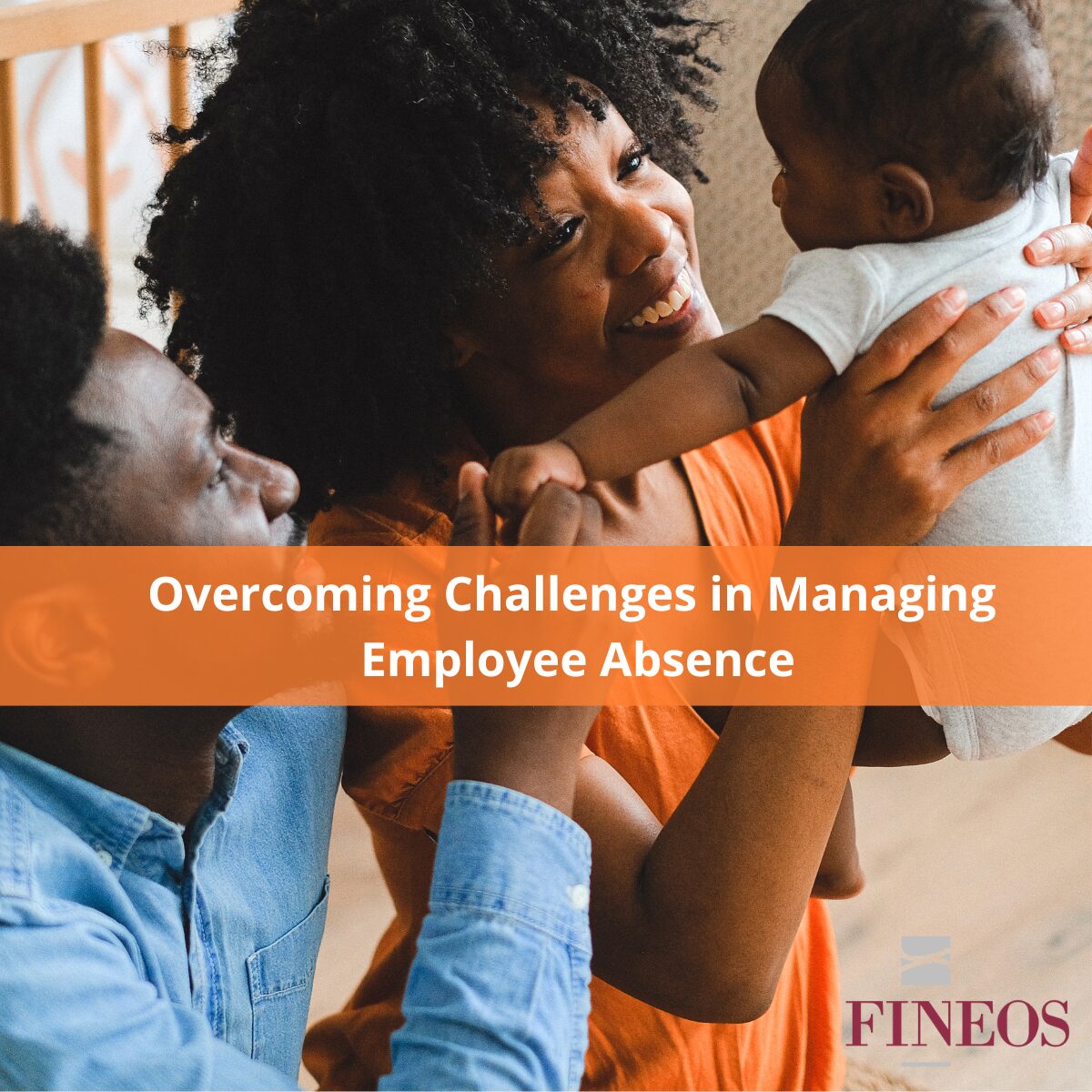Can A New Class of Worker Unravel the Insurance Value Chain?
‘Customer’ is a complex topic for a software company serving the Life Accident & Health Benefits market. Traditionally, we craft software for insurance carriers, who serve employers, who in turn provide benefits to employees to meet workplace regulatory requirements and provide employee incentives. Historically, it has been a very opaque chain of relationships; often insurers didn’t know the names of the employees they covered until a claims event. In some cases, the organizing entity was a government (state fund) or a union (Taft-Hartley), but the lack of connection to the end consumer as a person was the same.
The introduction of voluntary products and worksite marketing to fill gaps that employers are not willing to fund put pressure on existing processes and systems to be more end customer focused. Existing core insurance systems are currently being heavily modified (and many will be replaced) to meet the voluntary insurance challenge, but this is just the beginning of a series of disruptions in the US Benefits market. ACA and state exchanges continue the push toward end consumers having more control of their own Benefit fate, putting additional stress on existing processes and systems. And it’s just beginning to get interesting.
In 2015, Intuit and Emergent Research did a study on on-demand providers and the contingent workforce with some surprising results. (https://www.businesswire.com/news/home/20150813005317/en/)
- The rise of the on-demand economy is part of a broader long-term growth trend in the contingent workforce, which has grown from 17 percent of the U.S. workforce 25 years ago, to 36 percent today, and is expected to reach 43 percent by 2020.
- Decline in defined benefit pensions: in 1982 60% of full-time workers at U.S. private sector firms were enrolled in defined-benefit pension plans. Today, it’s a mere 14%.
- Growth in average duration of unemployment: from 8.5 weeks in 1980, to 12 weeks in 2000, to 82.1 weeks in 2015.
- 79% of existing on-demand providers said their on-demand activity is part-time.
- The on-demand labor market will grow by 18.5% per year over the next five years.
Uber is a great example of an entity organizing a contingent workforce for on-demand services as contractors. However, Uber is currently part of a class action lawsuit in California, where Uber drivers are looking for employee type benefits. Time will tell how the lawsuit pans out, but the fact that it was certified as class action and Uber’s summary motion for dismissal was denied shows a willingness in our legal system to re-examine worker classification rules.
Simon Rothman at Greylock Partners posits “…”I think it’s not 1099 versus W-2. I think the right answer is a third class of worker,” …”People are now becoming one-person companies, and they’re not even working for one entity.” (https://www.businessinsider.com/1099-or-w2-third-class-of-workers-needed-2015-6)
There is a lot of merit in the one-person company model which is already prevalent in the consulting and artistic communities. Unfortunately, the current support and benefit models we have come to expect from traditional employment are often unavailable, with workers buying individual insurance, using the ACA driven public exchanges or seeking affinity groups (like AAA/AARP) to find risk pools to join. The business of Benefits and risk sharing must change dramatically.
FINEOS is committed to supporting this change by building systems for tomorrow’s customer and in this series we will explore the changing roles and goals of the insurer, the employer and the consumer of tomorrow. Next time…the consumer of tomorrow.


